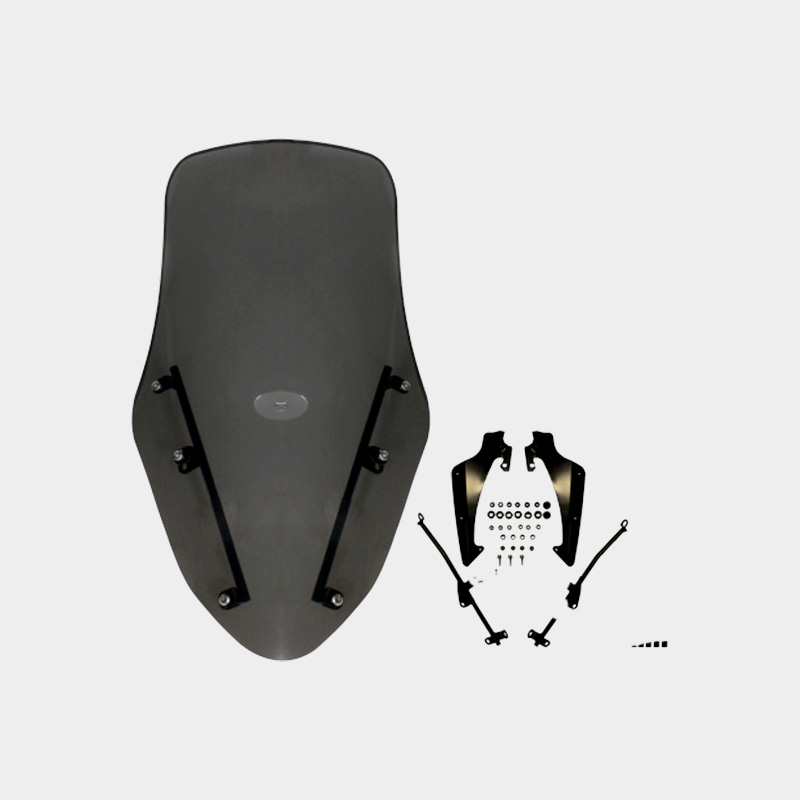We know that the quality of plastic processing and manu […]
We know that the quality of plastic processing and manufacturing injection Automotive Mould depends to a certain extent on the materials it selects. Processing and manufacturing injection molds is an indispensable part of plastic molding and processing, and the proportion of the total mold output value is increasing year by year. According to statistics , The processing and manufacturing of injection molds accounts for about 33% of the total molding molds. Therefore, the application of processing and manufacturing injection molds is becoming more and more important in the national economy. The main factors affecting the life of plastic molds are: mold structure, mold material, mold processing quality, mold working conditions, product parts, etc. In the meantime, the characteristics of the mold material itself and heat treatment play a crucial role. Commonly used processing and manufacturing injection mold materials
At present, most carbon steel mold steels are widely used because of its low price, convenient use and certain mechanical functions. In addition to plastic mold steel, it also includes other mold steels such as pre-hardened plastic mold steel. There are many mold steels. Currently, the more commonly used mold steels include pre-hardened plastic mold steel, carburized plastic mold steel and age-hardening plastic mold steel. Pre-hardened plastic mold steel is the normal hardness for processing steel applications, this type of steel has excellent cutting performance and can be directly cavity machined. It is usually used in a large number of plastic products, such as the processing of mirror molds, with a hardness of 32 to 40HRC.

Material selection requirements for processing and manufacturing injection molds
1. Excellent polishing performance
High-quality injection molded products require a small roughness value on the surface of the cavity. For example, the surface roughness value of the injection mold cavity is required to be less than Ra0.1-0.25, and the optical surface is required to be Ra<0.01nm. The cavity must be polished to reduce the surface roughness value. For this reason, the selected steel requires less material impurities, fine and uniform arrangement, no fiber orientation, and no pitting or orange peel defects during polishing.
2. Excellent thermal stability
The shape of the parts of plastic injection molds is often complex and difficult to process after quenching. Therefore, materials with excellent thermal stability should be selected as far as possible. When the plastic mold is heat treated, the coefficient of linear expansion is small, the heat treatment deformation is small, the standard change rate caused by the temperature difference is small, the metallographic arrangement and the mold standard are stable, and it can be reduced or no longer processed to ensure the plastic mold standard. Accuracy and surface roughness requirements.
Taizhou Huangyan Chuangji Mould Industry Co.,Ltd.